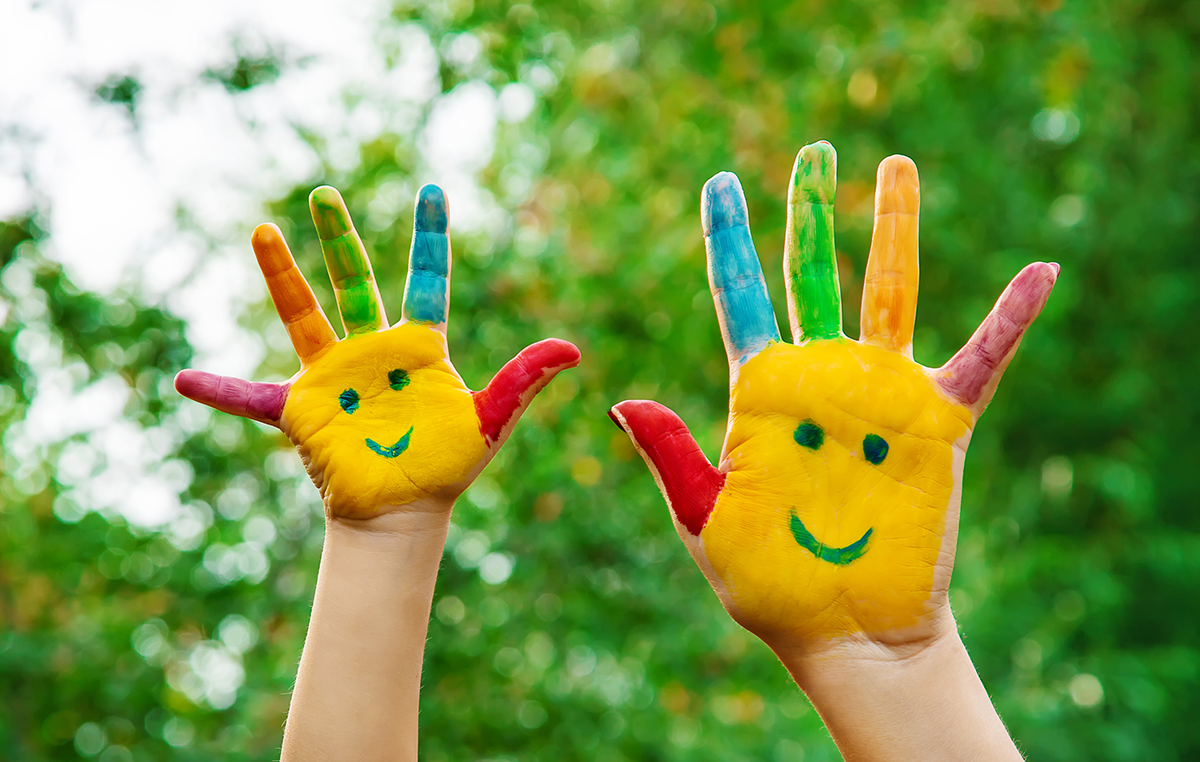Garima Srivastava, IB teacher at Pathways School Noida in India talks about the significance of social-emotional learning (SEL) and its impact on IB Students amidst the pandemic.

“Humans are social beings, and it is imperative for them to possess social and emotional skills prior to acquiring other skills, to survive and thrive in their social settings.”
We have been talking about the importance of social-emotional learning (SEL) for quite some time now. Educators across the world have been trying to bring in this aspect of learning in their daily routine by organizing their lesson plans and making considerable space for SEL in their practice. Let us try to unravel what SEL is and why this COVID-19 (Coronavirus) pandemic has made us realize its importance even more.
Humans are social beings, and it is imperative for them to possess social and emotional skills prior to acquiring other skills, to survive and thrive in their social settings. Social and emotional skills go hand-in-hand. Emotional skills talk about identifying, expressing and managing the emotions while social skills are about making connections, relating to others, being able to negotiate and build relationships with peers, adults and colleagues.
“During this challenging time, teachers have shown resilience since they rapidly adapted to the new ways of the virtual world and immediately shifted their classrooms from physical to online.”
COVID-19 pandemic
This pandemic has not been kind on the mental and physical health of our parent community, children and teachers. The isolated lifestyle has changed the definition of socialization and has led children and adults to experience a variety of feelings. A lesson learned is that we need to have school-wide strategic planning of systematically addressing these issues. Children need to be taught how to recognize, manage and balance their emotional upheaval. The parent and teacher community need to work collaboratively and compassionately with each other during this challenging time for the betterment of themselves and their children. All these issues can be addressed by making SEL the basis of curriculum and pedagogy explicitly.
Making social-emotional learning a base
Various frameworks have been talking about the importance of making SEL serve as the basis of curriculum planning, conceptualizing and execution. The national curriculums frameworks of various countries have been researching and advocating the importance of SEL, but there is still work that needs to be done on the guidelines for teachers to be able to bring it into practice. During this challenging time, teachers have shown resilience since they rapidly adapted to the new ways of the virtual world and immediately shifted their classrooms from physical to online. Having said that, this transition did take a toll on teachers and children state of wellbeing. It is essential for schools and leadership to make SEL a separate subject to be taught to children and a separate rigorous training module to be imparted to teachers.
“It is essential for schools and leadership to make SEL a separate subject to be taught to children and a separate rigorous training module to be imparted to teachers.”
Our journey so far
We adopted various measures which addressed SEL and well-being at our setting. Being an Infant-Toddlers program coordinator and an IB educator at Pathways School Noidai in India, the challenge for me and my team was to reach out to infants and toddlers through virtual tools. This is a tender and simultaneously crucial age for brain development. Four to five months is a big-time span for their growth and development. We had our recurrent meetings with leadership to plan and discuss various strategies and limitations. One of the major limitations that we had to face was how much screen time is suitable for the toddlers and how to support our parent community to become teachers who are able to home-school their children. First thing we did was to split the class into two groups so that the numbers reduced and teacher to child ratio got balanced virtually too. Next, we devised sessions for 45 minutes each day. Thirdly, we designed a comprehensive planner which we sent home daily which had the activities based on various development needs of children like fine motor, gross motor, language and creative. All this required comprehensive planning, research and reflection which was done on a regular basis to support our virtual classroom and keep our parents on board with their child’s education. Our 45-minute online session started with talking to every child individually about his or her toy, how they were feeling, if they would like to share something, followed by the hello song, short circle time, Dot-it-yourself (DIY) activity and a storytime. We were learning and evolving every day and we constantly collected evidence to be able to assess our children and our pedagogy. The parents were encouraging since they took videos of their children engaged in activities and mailed them to us regularly.
We also hosted zoom online meeting sessions with the parents to understand the issues they were facing; how we can work better to make this transition seamless and what support they need from teachers and the school. We were a team of five teachers and we also made regular calls to the parents to check upon their wellbeing, health, their emotional state of mind and if they need any additional support. Our leadership was constantly supporting us with feedback, ideas and suggestions to carry on with the virtual platform. All this was not easy but staying connected and supporting each other socio-emotionally aided us to finish our second term with a lot of appreciation, accolades, happy parents and most importantly happy children.
Research-based Indicators and addressals:
- Since children are at home or have just resumed the schools physically, it is very important for teachers to make a safe trusting relationship with each child to help them understand, adapt and thrive in this new normal.
- Understand and recognizing the behaviours of children because behaviour is a form of communication.
- Empathizing and listening to children and parents, both are looking to be heard first before they hear you out.
- Looking out for signs-child being aggressive, left-out, quiet, fearful, not communicating needs. These are few signs that the child needs to be assured that you are there to help and trust.
- School wide PD sessions addressing feeling, group dynamics, social skills, aggression, building relationship with children and families, bullying.

Garima Srivastava is an Early Years Coordinator at Pathways School Noida, India. She has 10 years of hands-on experience in the Early Childhood Care and Education. Garima was a scholarship student during her MA in ECCE from Ambedkar University Delhi. Her dissertation research was on Shared Reading using different modalities in Early Years. Garima is a mother of a nine-year-old child. She has worked with various international schools and has extensive experience in Enabling Early Years Environment, designing-learning spaces, Continuous Provision, Conducting mother-toddler program, Importance of Play in Early Years, Social-Emotional Learning, Transition in Early Years and Parental Involvement in Early Years Setting. Garima is also Jolly Phonics Trainer.
If you are an IB World School or an IB student and you wish to share your story with us, please write to us at communications@ibo.org. We appreciate your ongoing support and invite you to connect with us on LinkedIn, Twitter and now Instagram!
If you enjoyed this story, consider reading more below:



